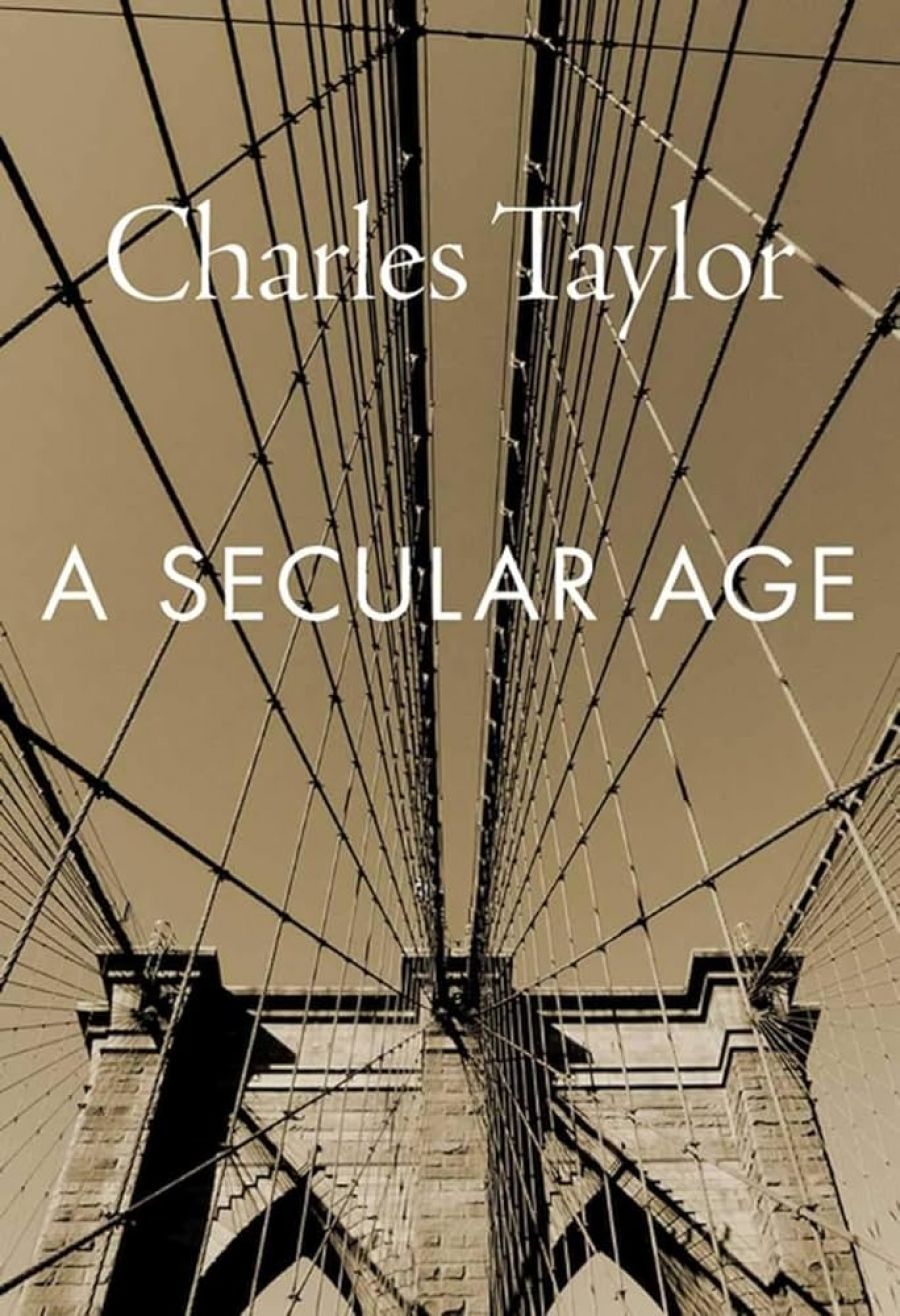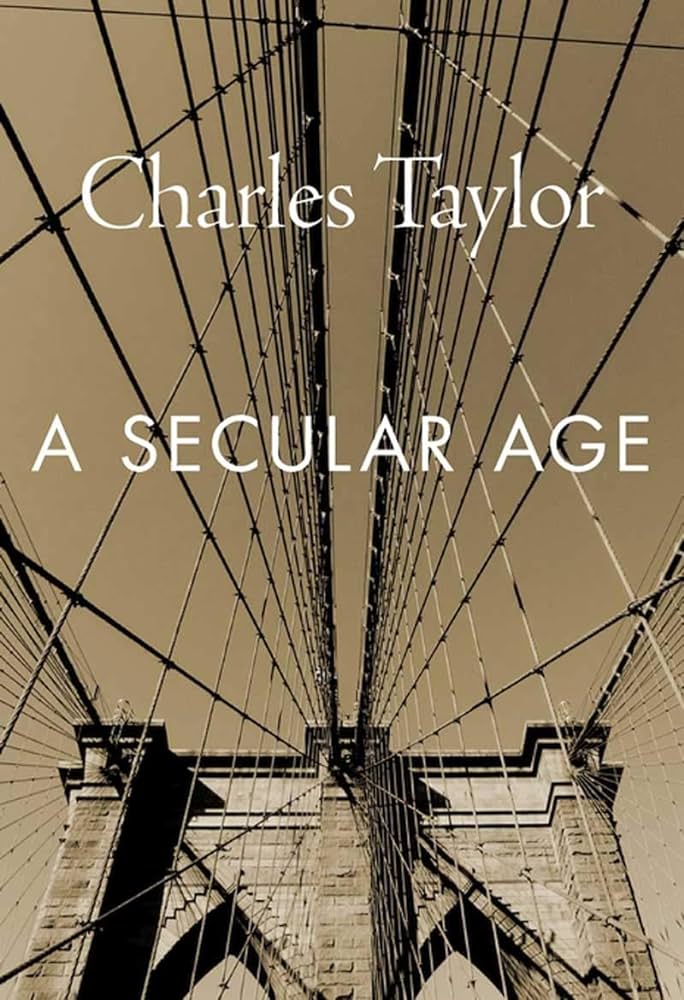
- Free Article: No
- Contents Category: Philosophy
- Custom Article Title: Brothers under the skin
- Review Article: Yes
- Article Title: Brothers under the skin
- Online Only: No
- Custom Highlight Text:
That scourge of religion, Richard Dawkins, declared recently that the past year had been a bad one for God. He was probably referring to the success of his polemics against religion and to the tidal wave of kindred writings by other public intellectuals, such as Christopher Hitchens and Sam Harris. We do not know whether God would agree; and whether we should agree depends partly on how we read ‘success’. The books certainly sold and are widely acclaimed, and may even have garnered apostates. But for all their élan and entertainment, they are essentially concoctions and elaborations of arguments and observations made by earlier, more penetrating thinkers. If advancing understanding is at issue, as opposed to securing the public’s mobile attention, then we should judge that the tree of knowledge hasn’t burgeoned much lately, not on the theological branches, anyway.
- Book 1 Title: A Secular Age
- Book 1 Biblio: Harvard University Press, $75 hb, 874 pp
- Book 1 Cover Small (400 x 600):

- Book 1 Cover (800 x 1200):

The historical aspects of the work describing the evolution of secularism are very persuasive, despite being frequently athwart scholarly orthodoxy or common wisdom. Its critical or philosophical aspects – for all its calm, irenic surface this is a work of fierce philosophical advocacy – seem to me much less successful. Taylor is a distinguished Canadian philosopher, analytic in provenance and to some degree in manner, but heavily marked by Continental influences; he is a committed Roman Catholic and a recent winner of the Templeton Prize for advancing spiritual research. Like all such advocates, he is hampered by his client’s notorious elusiveness.
Taylor’s ambition is to describe and to explain the complex processes of secularisation in ‘the West’, the civilisation rooted in what used to be called ‘Latin Christendom’. Secularisation is sometimes understood as the separation of religion from political structures; and sometimes as the decline in religious belief. But there is a third aspect to secularisation which is philosophically more instructive: the transformations in thought and sensibility which moved us from a society in which unbelief was virtually impossible, say European society around 1500 AD, to today’s society in which a life conducted in the light of religious belief is merely one option amongst others. For the religious, the ‘sense of fullness’ – a key concept for Taylor, denoting what is most important in life, making it ‘good, whole, proper’ – is found in relation to the transcendent or supernatural; for others, it is found in some aspect of ‘the immanent’ or natural frame: in family life, or art or nature.
This accommodation, Taylor argues, was almost unthinkable in pre-modem times. In earlier eras, the underlying sense of the cosmos and society overwhelmingly testified to divine presence. People lived in an ‘enchanted’ world of spirits, demons and moral forces. The distinctions which seem basic today – between mind and body, disengaged reason and world, nature and the supernatural – had as yet no grip in the mind of the medieval peasant for whom spiritual powers dwelt in things (e.g. relics), and God guaranteed that evil would be held at bay. In this world, an order of good, of security, was inseparable from the experience of God. Inhabiting such a world was not a matter of holding particular theories but of occupying points within a ‘social imaginary’, a pre-theoretical background of assumptions and practices, of sensibility and ‘lived experience’.
But the erosion of the enchanted world is insufficient to explain the emergence of secularism. Human life is unimaginable without some adequate conception of fullness, and aspiration to it. The additional enabling development was the rise of a humanism which offered human flourishing as a substitute ideal for moral or spiritual striving. Secularism is not coterminous with humanism (there are secular anti-humanisms and religious humanisms), but ‘the corning of modern secularity ... has been coterminous with the rise of a society in which for the first time a purely self-sufficient humanism came to be a widely available option ... a humanism accepting no final goals beyond human flourishing’.
The course of disenchantment and the rise of humanism shape the book’s main problematic, so much of it is devoted to a microscopic examination of the ideological and social currents that eroded the enchanted world of medieval Christendom, transformed the subsequent social imaginaries of the modern age, and gave birth to contemporary exclusive humanism. From a high altitude, the argument runs like this: the process of disenchantment and the evolution of modern humanism, and many of the germane shifts in thought and sensibility identified with the Enlightenment and Romantic eras, were not thrust upon Christianity or the consequences of religious recession. Taylor rejects the various ‘subtraction stories’, according to which modernity or secularity or humanism emerge spontaneously as the distortions of religion and superstition are sloughed off, under pressure from science and rational inquiry, leaving behind unsullied human nature and the inclination to general beneficence.
On the contrary, modern humanism is largely the product of forces internal to Christianity. Its taproots are in Christian agape and universalism. It emerges from a long process of spiritual development starting with the new emphasis – especially in the orders founded by Francis and Dominic – on the suffering Christ (replacing the Christ of Judgment), on the suffering of ordinary people and God’s presence in everyday life; and leads, eventually, to the sanctification of ordinary life and human flourishing. Thus, paradoxically, the religion which extolled transcendent ends beyond human flourishing paved the road away from transcendence towards exclusive humanism. As we reach the deism of the eighteenth century, the notion that there are such transcendent ends, for example that fullness may be found in a life of prayer, self-abnegation or communion with God, largely vanishes. Of course, many other cultural developments, such as the ‘rage for order’ animating élites to improve the city of man, and the Romantic culture of individualism and authenticity, shaped self-sufficient humanism; and Taylor expounds them. But, fundamentally, Christians and secular humanists ‘both emerge from the same long process of Reform in Latin Christendom. We are brothers under the skin.’
Similarly, the invention of (disenchanted) nature or the immanent order, whose working could be systematically explained in material terms, ‘was not a step outside of a religious outlook, even partially; it was a mutation within this outlook’. The modern scientific interest in nature derived initially from religious interest in God’s creation. Moreover, science has not refuted religion or caused it to retreat. The alleged scientific proofs of materialism or of the impossibility of God are ‘not all that convincing’. Unbelief advanced because it was underwritten by certain immanent ‘values’. In particular, the persuasive force of atheistic materialism turns mostly on its appealing ‘heroic’ pretensions: adulthood and daring, courage in facing a hostile and meaningless universe, renouncing childish comforts, and so on. So, when Darwinism triumphed, Taylor explains, what happened was ‘not that a moral outlook bowed to brute facts. Rather we might say that one moral outlook gave way to another.’
The ‘heroic’ story is a parody of considered unbelief, of course, but Taylor needs it to explain why, despite such supposedly inconclusive arguments as those advanced against religion, atheism should have widespread appeal today; and he repeats it tirelessly. But this is an indication that matters are going astray. Taylor probably is right about the main historical reasons for the spread of unbelief. But that issue is entirely distinct from the one about the soundness of the reasons for unbelief, and this issue he badly misconceives. One can perhaps see why. Taylor appears to have confused the historical conditions determining the diffusion of the naturalistic or immanent framework with the conditions that render its truth-bearing aspects true or false. Perhaps he believes that there are no such truth-conferring conditions?
Taylor has a number of different views on the relations between science and religion. One has it that they are compatible because they touch only at the edges: ‘The relegation of “superstition” and the challenging of the biblical account don’t bar the door to all conceptions of God …’ Taylor is mum on the conceptions of God that he argues science leaves untouched, so it is impossible from the text to determine whether his is a coherent conception. But in any case, the profound difficulty that science poses for religion is not that it has knocked out a few pins of traditional belief: that archaeology refutes Exodus and Joshua, or Darwin renders intelligent design dispensable, serious as these matters are for religion. Science is not just a set of hypotheses about nature; it is about method and norms: about what constitutes evidence, sound inference, testability, empirical significance, rationality. Religion offends these. Religion’s problems with demonstrating the truth of its core propositions are secondary to showing them to be coherent and of decent epistemological provenance.
Sometimes Taylor suggests that the immanent and Cristian transcendent frameworks are on the same epistemological footing: ‘I can also have a religious life, a sense of God and how he impinges on my existence, against which I can check [science’s] supposed claims to refutation.’ At one point he seems to consider the two frameworks to be akin to Kuhnian paradigms. Many religious today seem to believe something like this, but it is a dead-end. Quite how religion qualifies as an alternative paradigm to science, just what evidence, tests or reasoning would be accepted as impeaching it, for example, is left unaddressed. Of course, there are people who think that evidence, tests and reasoning are irrelevant, but Taylor is not one of them.
Another view, perhaps the philosophical heart of Taylor’s book, is that transcendence is required for ‘purposes of ultimate explanation or spiritual transformation or final sense-making’. One of the alleged devils in secularism is the affliction of aimlessness, the ‘loss of meaning’: ‘everyone understands the complaint that our disenchanted world lacks meaning ... You couldn’t even have explained the problem in Luther’s age.’ I think that you probably could, though the despair and futility felt by many in our age may have to be translated into the cruelty and callousness of his. Taylor is astonishingly blind throughout to psychological connections and transformations. He naturally links the malaise of meaninglessness to the eclipse of transcendence, though the undermining of children early in life, and the recession of love and belonging, seem better explanations.
Yet it is true, as Taylor says, that there is a desire in human beings ‘to gather the scattered moments of meaning into some kind of whole’; a longing for ‘goals which could engage us more fully and deeply than our ordinary ends’; a sense ‘that somewhere there is a fullness or richness which transcends the ordinary’. Taylor condemns exclusive humanism because it ‘closes the transcendent window as though there were nothing beyond. More, as though it weren’t an irrepressible need of the human heart to open the window, and first look, then go beyond.’ Yes, but what next? To face the philosophical abyss, close one’s eyes, and then pretend that one has leapt over it?


Comments powered by CComment